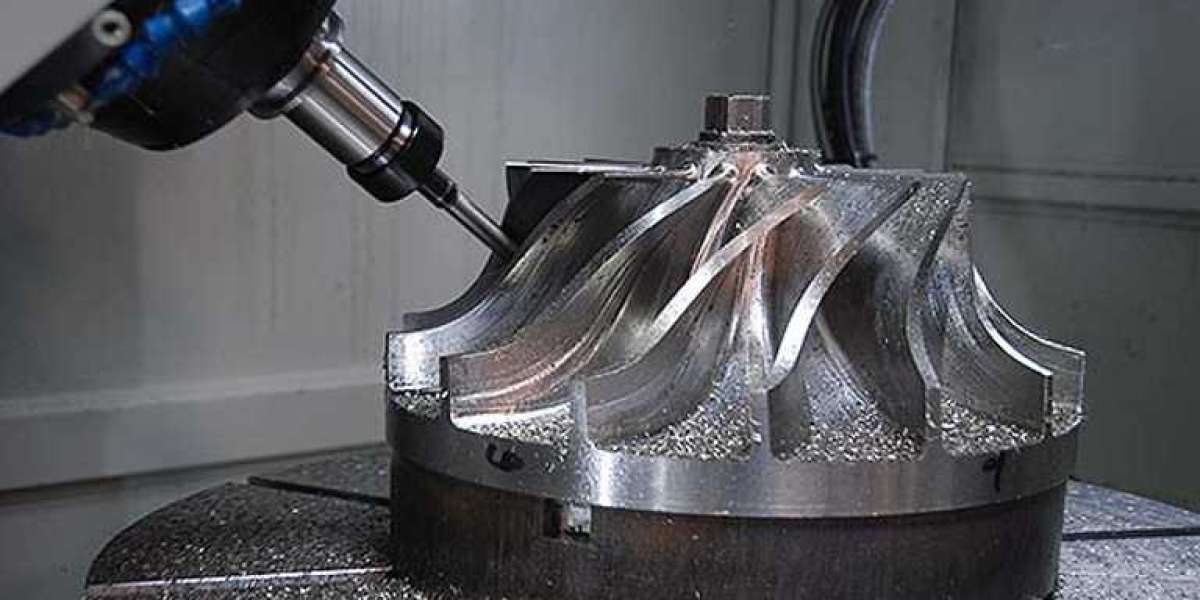Improved patient adherence and maintenance of correct inhaler technique could reduce these costs.
However, simple direct educational approaches aimed at improving inhaler technique are often not effective due to their health literacy inappropriateness.
1. Easier to Inhale
Using a round inhaler is easier to do since theres less force needed to operate the device. This is especially beneficial for patients with severe chronic lung disease whose breathing effort may be weakened. It also requires fewer maneuvers that can cause muscle tension and irritation. There are several different inhaler devices available on the market. The device type chosen is important because patient adherence and clinical outcomes depend on the ease of use of the device. The Global Initiative for Asthma and the Global Initiative for Chronic Obstructive Lung Disease both emphasize the importance of good inhaler technique and adherence. Despite the wide availability of different inhaler options, there are a number of barriers that prevent optimal device-patient matching. According to a study by Dhand and colleagues, Green Inhaler satisfaction depends on multiple patient-related factors. Inhaler use requires the coordination of hand-mouth movements which can be challenging for some individuals. Moreover, the anatomy of the mouth and throat vary between individuals. This can affect the amount of medicine that actually enters the lungs.
Its important to read the Patient Information Leaflet and Instructions for Use, provided by your pharmacist, before you start using an inhaler, and each time you receive a refill. Make sure you know the directions for use of your inhaler and follow them exactly. If you have trouble remembering the instructions, write them down or ask your doctor to help you create a daily medication schedule. You should use your inhaler with a spacer or holding chamber when possible to get more medicine into your lungs.
You can find many online resources to help you learn the correct inhaler technique. In addition, a variety of teaching techniques have been studied including verbal instruction and assessment, use of a spacer or holding chamber, diaries or electronic monitors, self-management programs,19-21 health education methods,22, and interactive voice response systems23. Nevertheless, these efforts seem to have limited impact on improving inhaler usage. Several studies show that the majority of patients continue to use their inhalers improperly, even after receiving intensive training and repeated one-on-one teaching sessions.
2. Easier to Clean
The inhaler can harbor bacteria and viruses if not cleaned correctly. This can affect the effectiveness of the medication by clogging the device and preventing the release of a spray of medicine. Each inhaler comes with specific cleaning instructions and it is important to follow these directions. Our Hometown pharmacists are happy to help with this if you need assistance.
DPIs (such as Advair) and SMIs (such as Combivent Respimat or Tiotropium/Olodaterol Stiolta Respimat) need to be cleaned by wiping the mouthpiece with a clean, dry cloth after each use. They should also be wiped down with alcohol wipes if you have been sick. This is especially important because a dirty inhaler can produce a spray without the medication, which could cause worsening symptoms or a respiratory infection.
Many people make mistakes when using their inhaler, which can prevent the medicine from getting to their lungs properly. The most common mistake is breathing in too early, which causes the medication to stick to the back of the throat and mouth instead of reaching the lungs. Using a spacer can decrease this problem, but it is still important to remember to breathe in through the mouth and lift your chin. Red and White Inhaler inhaler technique videos can help you practice this.
A common myth is that shaking the inhaler will indicate when it is empty; however, this only indicates that there is still propellant left inside the canister. Using a digital inhaler tracker can be an effective way to determine when your inhaler is ready for a refill. These devices use an add-on or built-in sensor to capture flow data through the inhaler, which can be analyzed by healthcare givers and used for patient reminders and AI-powered therapy suggestions (Amiko Digital Health). This technology can also improve adherence by helping patients understand the results of their inhaler use (Taylor et al., 2021).
3. More Efficient
As a person inhales, a valve inside the device opens and a mist of medicine is released into the air. A person then takes a breath in through their mouth, ensuring the airflow is directed over the medication and into the lungs. Once the medication has been inhaled, they can close the mouthpiece and remove the inhaler. Some types of inhalers may require a holding chamber or spacer to ensure the correct delivery of the medication into their lungs. Children under 5 may be prescribed a nebulizer to help them inhale their medication.
The choice of an inhaler can impact the success of therapy as well as the patients adherence. The many device options on the market and their clinical differences allow for an individual approach to inhalation therapy but can also make it difficult to select a suitable device for each patient. Inhaler technique plays a major role in the success of inhaled treatment, and international asthma and COPD management guidelines consider the selection of an inhaler and adherence as the most important factors for successful disease control .
Achieving and maintaining correct inhaler use is not easy and several errors are common. For example, a high percentage of patients fail to coordinate inspiration and inhalation, forget to shake the pMDI before use or do not form a firm seal around the mouthpiece a problem that can be increased with age and linked to comorbidities (osteoarthritis, neuromuscular disorders, geriatric depression) [36].
A lack of sufficient inspiratory flow is another frequent error, especially for DPIs. Moreover, a high proportion of patients do not inhale a full dose due to the fact that they dont breath in quickly enough or do not hold their breath for a long enough time [38]. These problems can be compounded by difficulties in manipulating the device due to dexterity impairments (for example, from a stroke, Parkinsons disease or osteoarthritis) and are particularly problematic in the elderly population.
4. More Comfortable
Using a Round Inhaler correctly is vitally important for receiving the maximum therapeutic benefit. Asthma patients who do not use their inhalers correctly may be at increased risk of experiencing a flare-up, and in some cases, a flare-up could be life-threatening.
During a regular office visit, your doctor will likely observe you taking your medication to see that you are doing it correctly. In fact, he or she might even ask you to demonstrate how to use your inhaler so that you can get the best results.
To make sure you are maximizing the efficiency of your inhaler, follow these simple steps. Check to be certain that the inhaler is clean and that it has enough medicine. Sit or stand in a comfortable position, keeping your head in a normal, upright position throughout the entire process. Make sure that you arent holding the inhaler or mouthpiece too tightly. Open the inhaler by pushing down on the hinged cap and pulling up on the small, circular tab until you hear a click and feel it snap. Remove the mouthpiece, and close it around your lips without covering the air vents. Inhale a normal breath through the mouth, and exhale fully out of your mouth to empty your lungs.
For dry power inhalers (DMPIs), its a good idea to use a spacer device, which helps improve the delivery of your medication to your lungs by allowing you to take more breaths. It also decreases the amount of drug that is deposited in your mouth and throat, which can be unpleasant for some people.
To use a spacer, first remove the inhaler cap. Place the mouthpiece of the inhaler in your mouth and seal your lips around it. Inhale slowly and deeply through the mouthpiece, holding your breath for five to six seconds. Then exhale through your mouth for about 10 seconds, and close the inhaler with the cover or slide a cap over the mouthpiece. Using a spacer with a DPI can help you get the most from your inhaler, so consult your physician for specific instructions on how to use yours.
this contact form: specialitymedz







